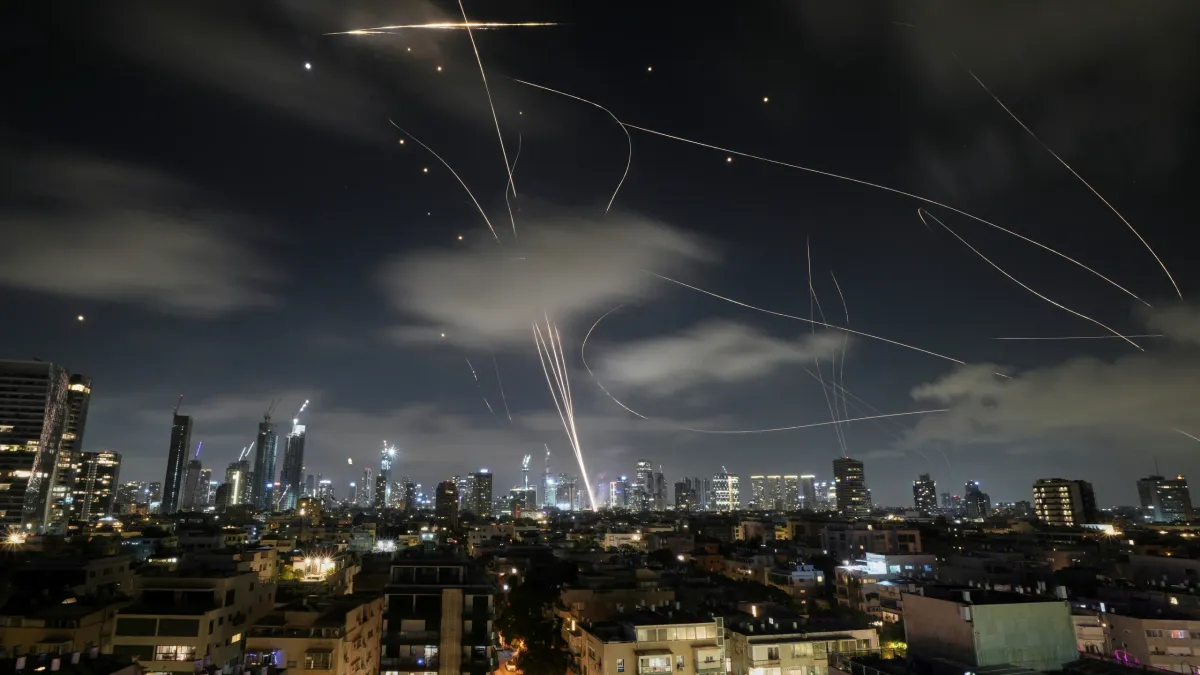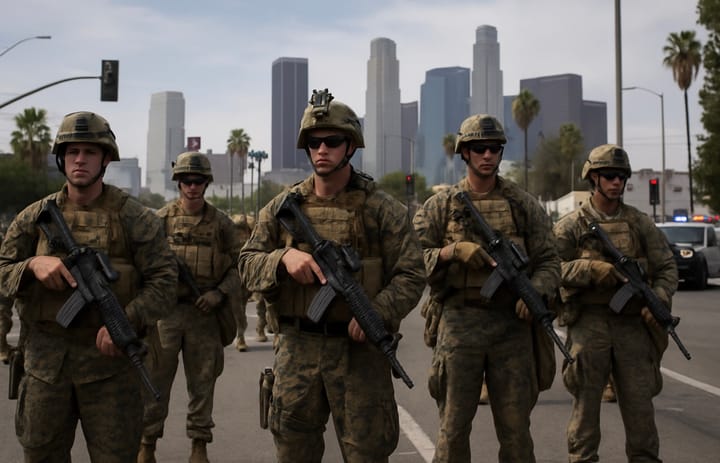Israel-Iran Heats Up, United States Ready to Intervene
Israel and Iran have exchanged ballistic missile and air strikes since June 13, leaving hundreds dead and prompting the United States to prepare for intervention.

The conflict between Israel and Iran has now reached one of the most tense chapters in the history of their relations. Since June 13, the world has witnessed the largest exchange of air and ballistic missile attacks between these two main adversaries in the Middle East. Israel launched airstrikes targeting Iran’s nuclear facilities and military command centers, including uranium enrichment sites in Natanz and Fordow. Meanwhile, Iran retaliated by firing hundreds of missiles and drones at major Israeli cities such as Tel Aviv and Haifa.
Widespread Casualties and Destruction
Israeli strikes have resulted in more than 224 deaths on the Iranian side and injured over 1,000 people. This data is confirmed by Iran’s official news agency, while independent sources estimate that the number of victims may be even higher, given the extensive damage to critical facilities, including Revolutionary Guard headquarters, missile depots, and energy installations. Thousands of Iranians have been forced to flee Tehran and Isfahan, and have faced internet access restrictions in several regions.
Meanwhile, Iran responded with a major counterattack operation, which they called “True Promise 3.” This involved hundreds of ballistic missiles and drones targeting Israeli city centers. The Israeli government reported dozens of deaths and hundreds more wounded. Although the Iron Dome defense system managed to intercept most of the missiles, several schools, public facilities, and key infrastructure still suffered severe damage.
U.S. Stance and Tensions in Washington
This escalation has directly prompted the United States to take a firm stance. President Donald Trump made a strong statement, demanding Iran’s “unconditional surrender” while ordering the U.S. military to prepare support for Israel if needed. U.S. aircraft carriers and additional troops have been placed on alert in the Mediterranean Sea and the Persian Gulf.
However, this move has sparked debate within the U.S. Congress. While the Republican Party supports military action, some Democrats insist that the President must first obtain formal legislative approval before conducting any large-scale intervention. The issue of the War Powers Act of 1973 is once again a hot topic in Washington, as any U.S. military step against Iran could trigger a wider regional conflict.
Diplomatic Efforts and Global Reactions
Amid the threat of escalation, several countries are pushing for a diplomatic solution. Russian President Vladimir Putin has offered to mediate, urging both parties to show restraint and avoid a larger regional war. Meanwhile, foreign ministers from Germany, France, and the United Kingdom are scheduled to meet with the Iranian delegation in Geneva to discuss de-escalation efforts and international oversight of Iran’s nuclear program. Similar pressure has also come from the United Nations and the Arab League.
The escalation has also caused global oil prices to surge by more than 10%. Global financial markets have come under pressure amid concerns over possible disruption to oil supplies from the Gulf region. Shipping lanes in the Strait of Hormuz have become some of the world’s hottest flashpoints, with increased military patrols by Iran, Israel, and the United States.
America’s Pathway to Involvement
Legally, the U.S. President can use the Authorization for Use of Military Force (AUMF) to provide military assistance without full congressional approval. The president also has the authority to issue executive orders in the event of emergencies that threaten national interests. The U.S. has long provided Israel with logistical support, intelligence, and enhanced air defense systems. If the conflict escalates, options such as airstrikes or deploying additional troops to U.S. bases in the Middle East are highly possible.
Outlook for Peace and the Threat of Major War
With U.S. involvement and rising diplomatic tensions, the Middle East now stands on the brink of a major war. Every move and decision by Washington, Tehran, and international allies will determine the next stage of the crisis. The world now waits to see whether diplomacy can end the bloodshed or whether a new chapter of conflict will soon begin.





Comments ()